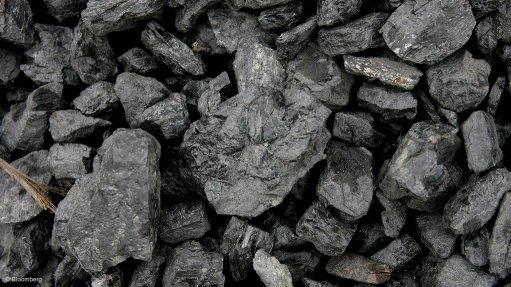
Photo by: Bloomberg
VANCOUVER (miningweekly.com) – US coal producer Arch Coal emerged from a Chapter 11 reorganisation Wednesday, with new stock that has started trading on the NYSE.
After failing to turn a quarterly profit since 2013, the company buckled under a heavy debt load, compounded by falling prices and shrinking demand, forcing Arch to file for bankruptcy protection in January.
Several other coal companies have also filed for bankruptcy protection in the wake of electric power companies switching to using cheaper and less-polluting natural gas.
St Louis, Missouri-based Arch said it now had $363-million in debt and $300-million in cash, which was boosted in part by the company continuing to operate while it was under bankruptcy protection.
The company's total debt is now just 7% of what it was before the restructuring. Arch in September won approval from the Eastern District of Missouri's US Bankruptcy Court for its amended plan of reorganisation, which saw the company eliminate more than $4.7-billion in debt from the balance sheet.
Arch advised that cash requirements were expected to be modest, with projected capital spending of $55-million in 2017, and a projected debt service of about $33-million.
Further, the company reported the it had third-party surety bonds in place covering 100% of its reclamation bonding requirements.
Arch’s new stock will trade on the NYSE under a new ticker symbol – ‘ARCH’.
PRICES TO EASE
Meanwhile, new analysis by market intelligence firm BMI Research, a Fitch Group company, points to near-term downside for thermal coal prices once idled mines restart production, after China made a September decision to increase coal output from State-owned mines. Coking coal prices, however, will remain elevated compared with earlier this year, easing less than thermal coal prices.
While BMI argued that increasing thermal coal output domestically would not help to reduce prices of seaborne coking coal, analysts expect it will help lower thermal coal prices that have also rallied in the year to date.
The Chinese government believes this will help keep power costs low for domestic steel mills.
However, coking coal is a vital ingredient in the steelmaking process, as opposed to thermal coal, which is used to generate power.
According to BMI, while China produces most of the coking coal it needs in its northern regions, a substantial share of the country's consumption is imported from Mongolia, Australia and Canada. In 2014, China produced 570-million tonnes of coking coal and imported 62.4-million tonnes (9.9% of total consumption).
BMI said Chinese thermal coal spot prices at the Qinhuangdao port had increased by 50.2% in the year to date, compared with a 143% rise for coking coal import prices. From $66.90/t and $68.9/t respectively, in January 2016, coking and thermal coal prices increased to $162.70/t and $103.50/t respectively, as at September 29.